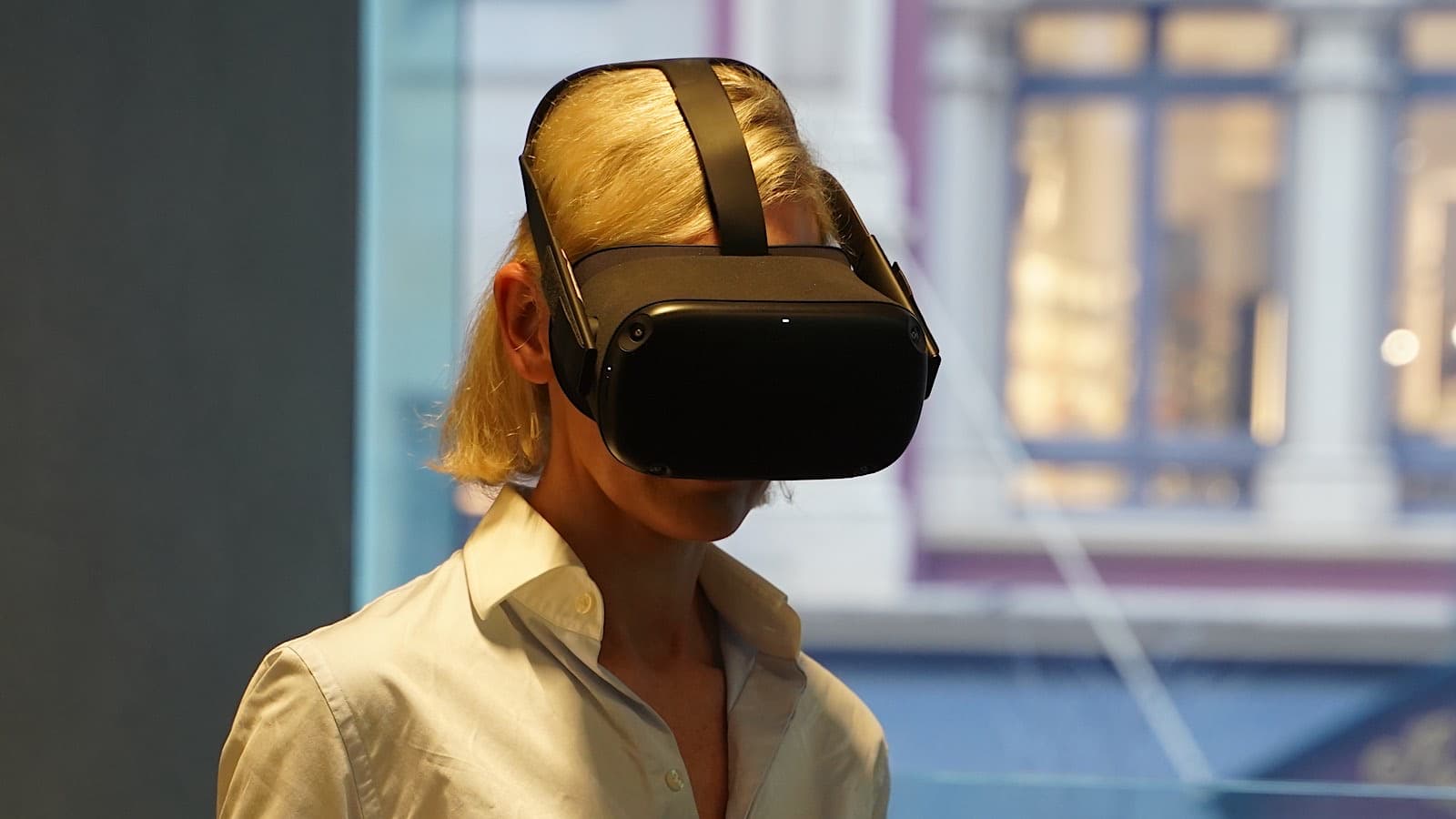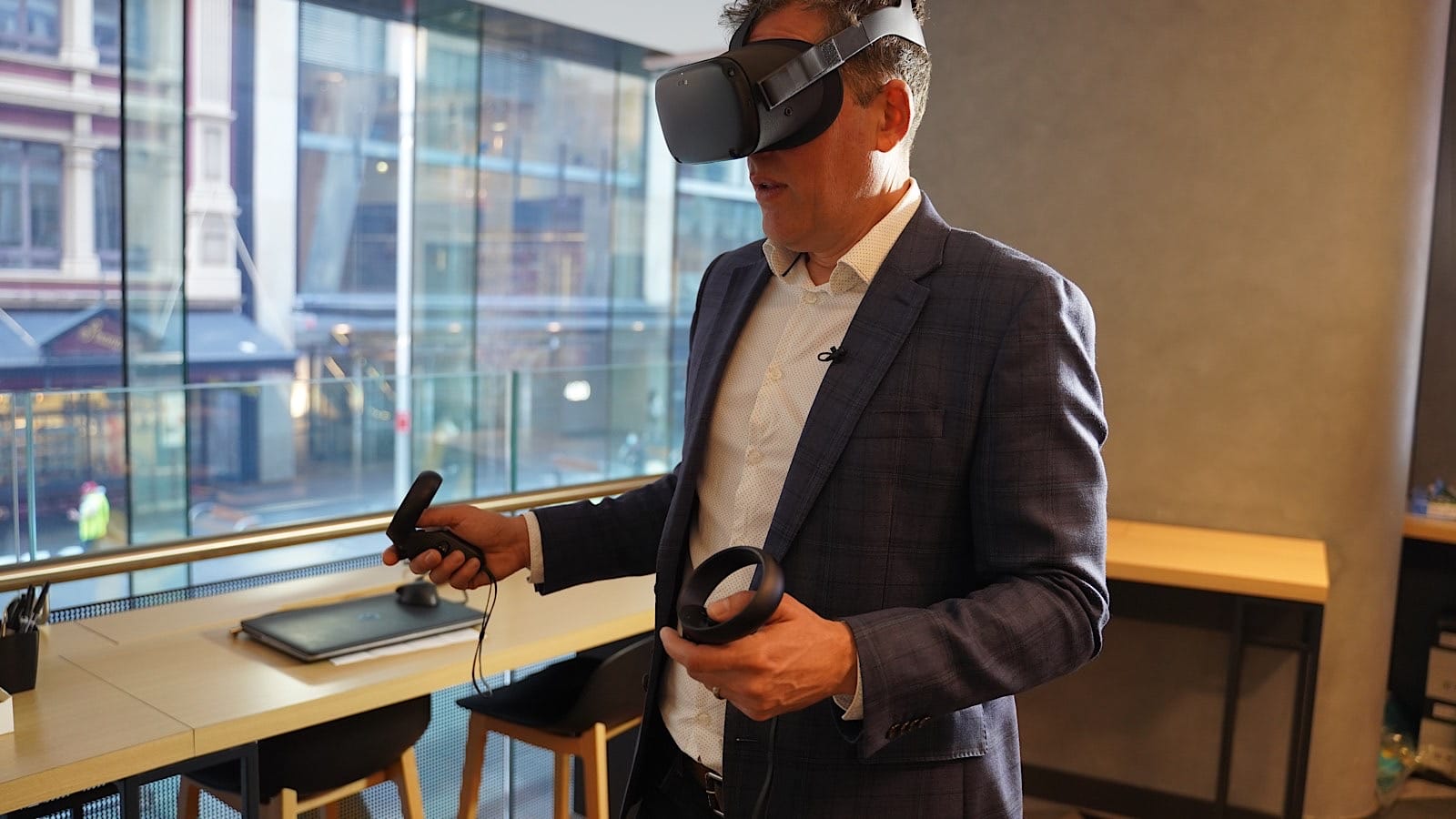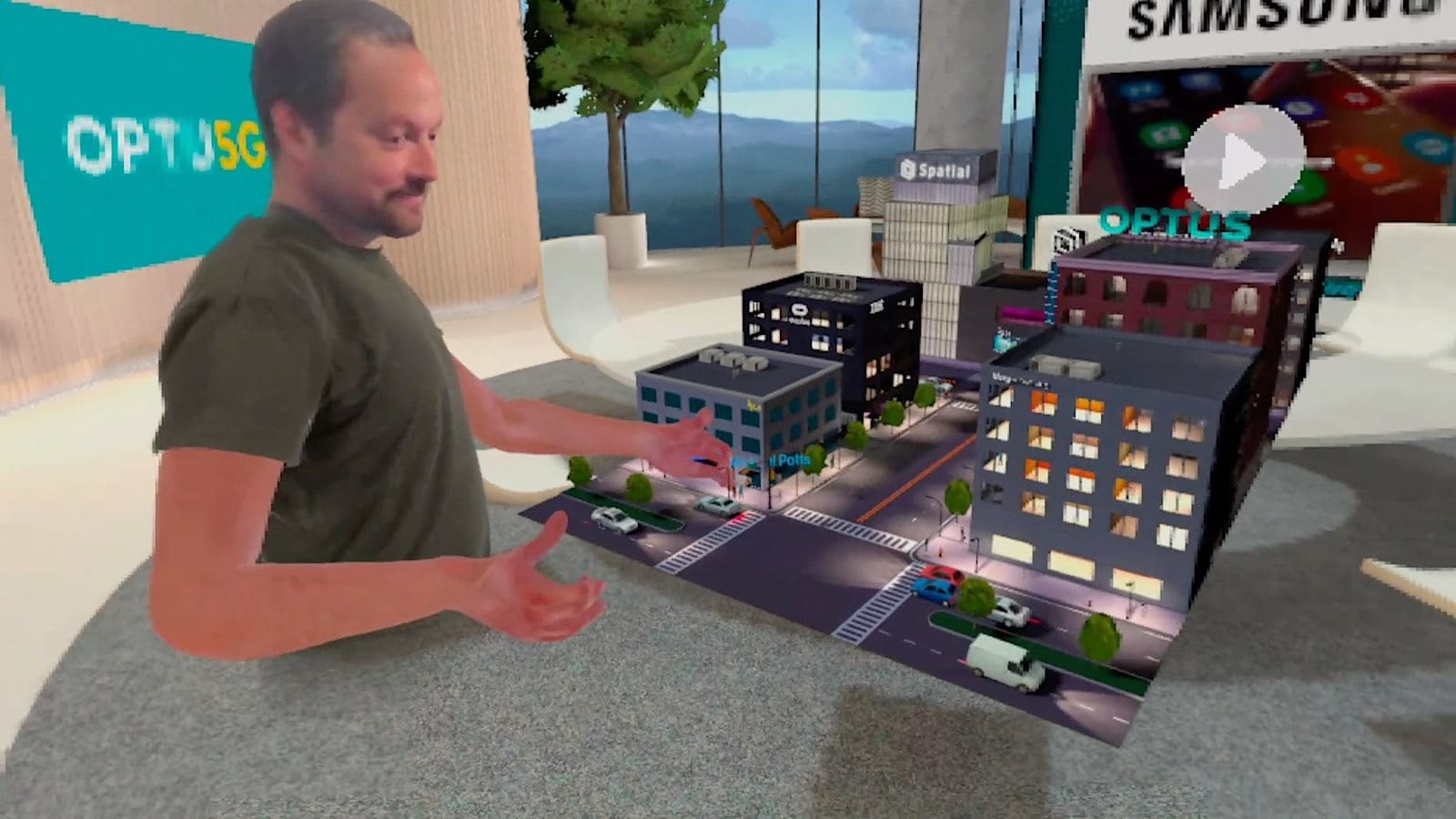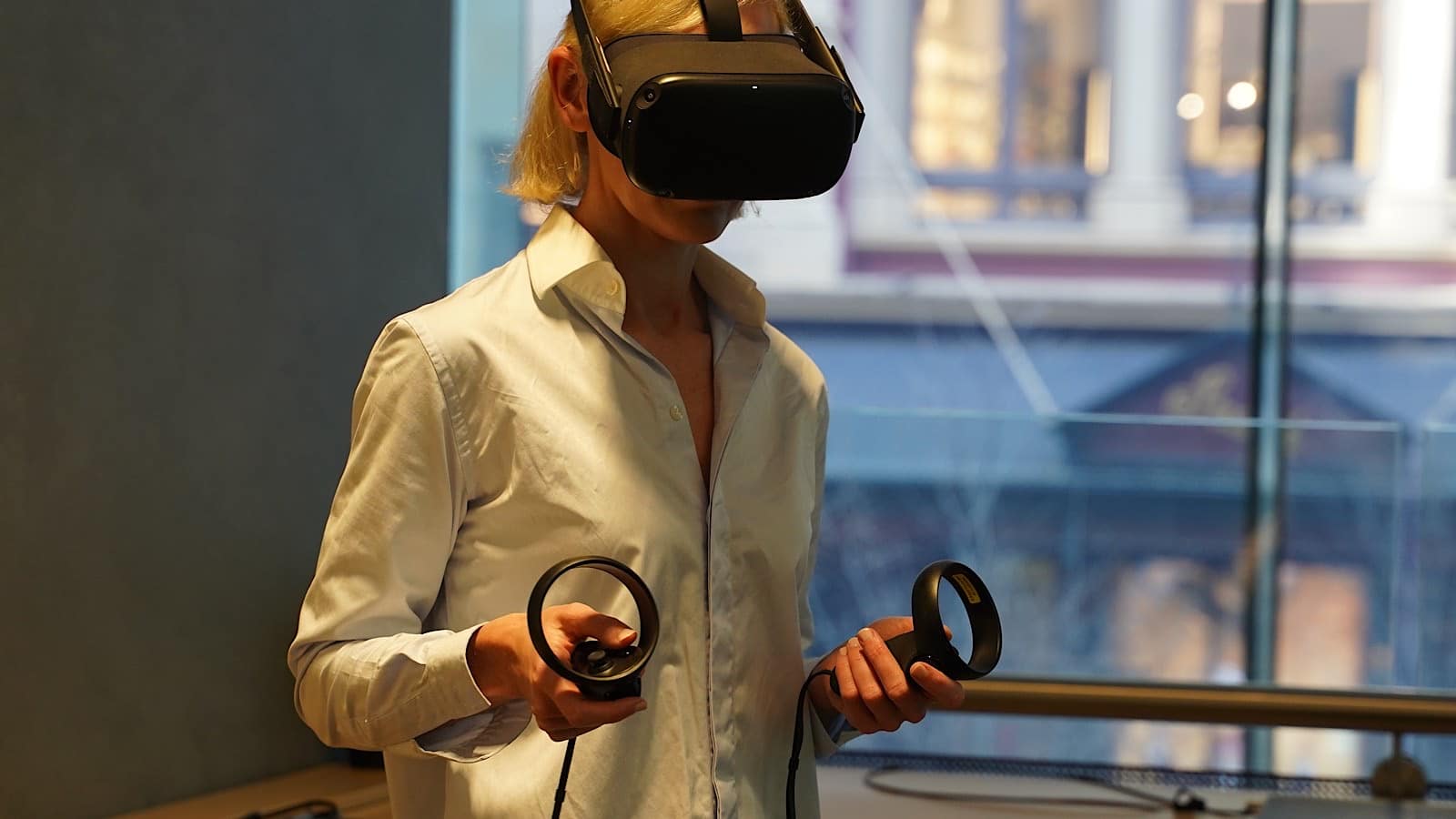You may not go into work anymore, but that doesn’t mean you won’t be spending time in meeting rooms. The virtual meeting room is next, and you may be able to join through more than just Zoom.
The work from home era is truly here — thank Coronavirus and all the things it has done — and that means many of us now call a desk or a kitchen table our new working environment.
Things are clearly different from how it used to be: get dressed, jump on a bus or train, make your way in, work, and go home; now they’re more about getting up, dressed, and sitting in front of a screen to work. Each day, every day, rinse, repeat, rinse, repeat.
Not everything that has to do with the work day is affected the same way. If you’re used to typing behind a screen, you might be just sad comfortable doing that from home than in other places. In fact, beyond morale and the inability to bounce ideas off colleagues like you could face to face, little else might bother you, except of course with meetings.
Meeting environments have now been changed with the endless Zoom, WebEx, Google Meet, Microsoft Teams, and others like it, providing an endless supply of screens peering into everyone’s homes or virtual backdrop choice, and surviving another meeting together. Hopefully those meetings are fruitful and not something that could have been just an email, but meetings have been changed all the same.
There are companies trying to change things, though, and much of it with the same focus: virtual reality.
The idea is simple enough: don a headset and meet in the virtual world, experiencing a virtual environment in a sort of digital limbo, where the home office and meeting room collaborate and combine. Kinda.
HTC has a piece of software built for this, and Oculus has a variant arriving in its Quest 2 headset later this year, but these two companies aren’t the only ones dabbling. Telcos are testing the waters, too, and Optus is doing the same, working with its 5G network, a VR headset, and technology solutions company Spatial to built a virtual meeting room.
The concept isn’t too dissimilar from what either HTC or Oculus has pitched as coming, with the Optus 5G network coming together with a virtualised office environment, allowing colleagues to wear a headset from different places, and come together in a virtual room, to look at different files, stream videos, and work on a whiteboard being nowhere near each other.
“This showcase has highlighted the future potential of remote meetings and an advance on current collaboration tools – one that makes it feel like your colleagues are right there with you,” said Harvey Wright, Head of 5G at Optus.
“The fast speed and high bandwidth of 5G creates the ecosystem for large size file sharing and high definition multi streaming capacity in real time, without the dreaded wait while files download,” he said. “The ability to share multiple videos, presentations and ‘touch’ 3D models in real-time creates an office like environment – as if you were all in the same space together.”
The idea is an example of what high-speed networks can do when the right technology is used with them, but we’re not necessarily sure if 5G was a requirement for what was being presented.
While 5G offers both faster upload and download speeds, virtual office environments pitched by other VR companies haven’t seen 5G as a requirement, and look to work with existing broadband technologies. Granted, your experience may be better if you have a faster broadband connection at home, but it may not need to be 5G-level in order to deliver a VR meeting room.
For Optus, however, it’s an example of what the technology can do, showcasing what fast speeds and a virtual world can do in this new pandemic work-from-home world we seem to have migrated to.









